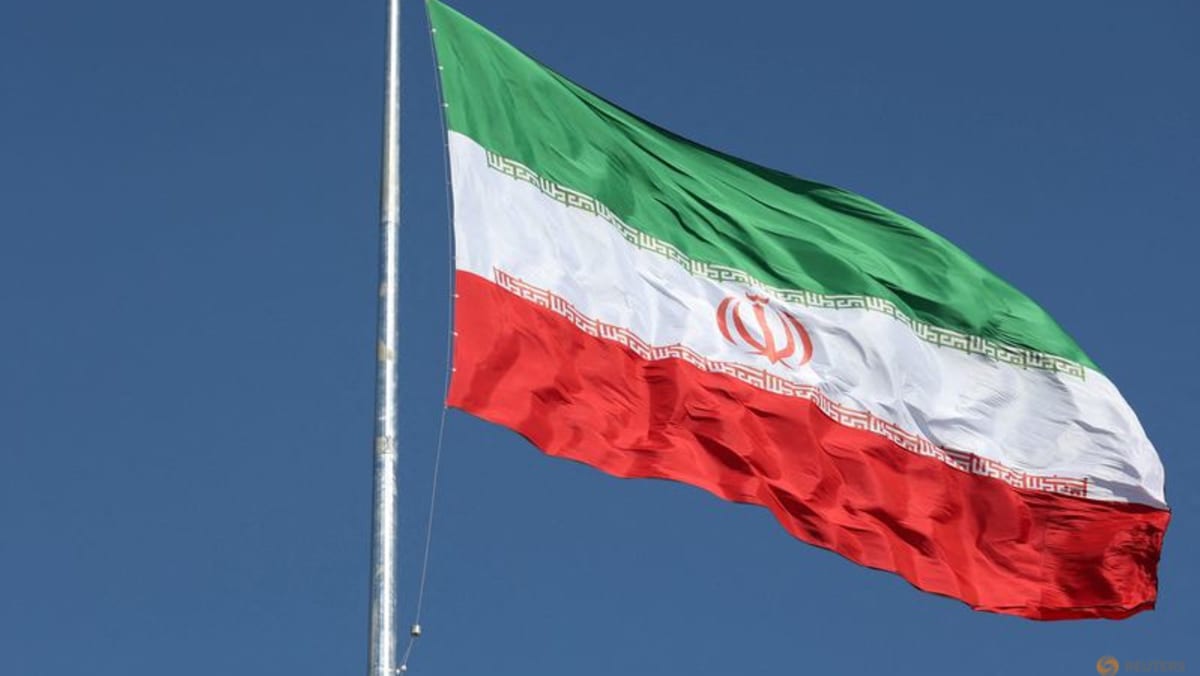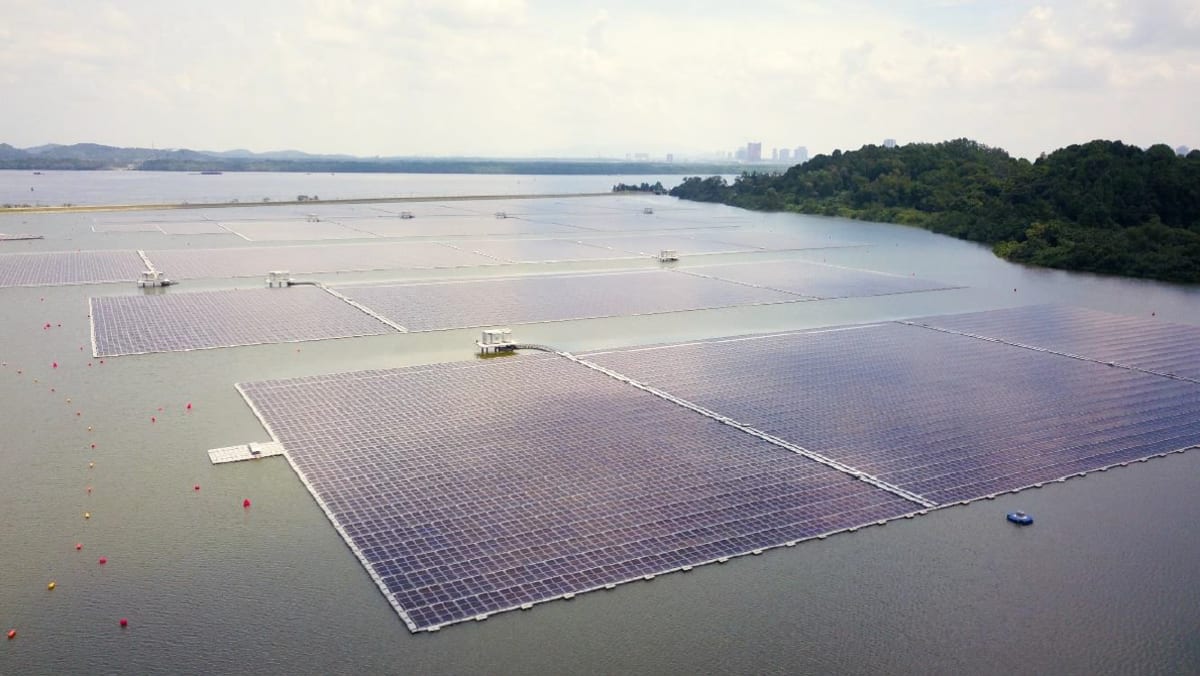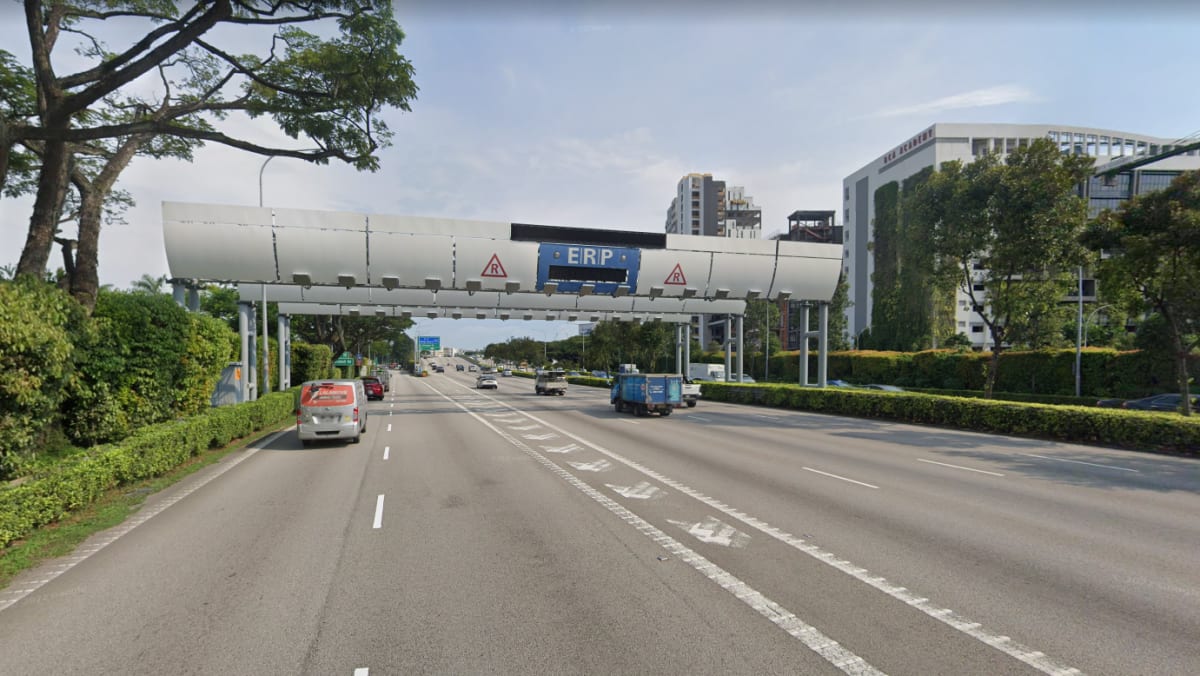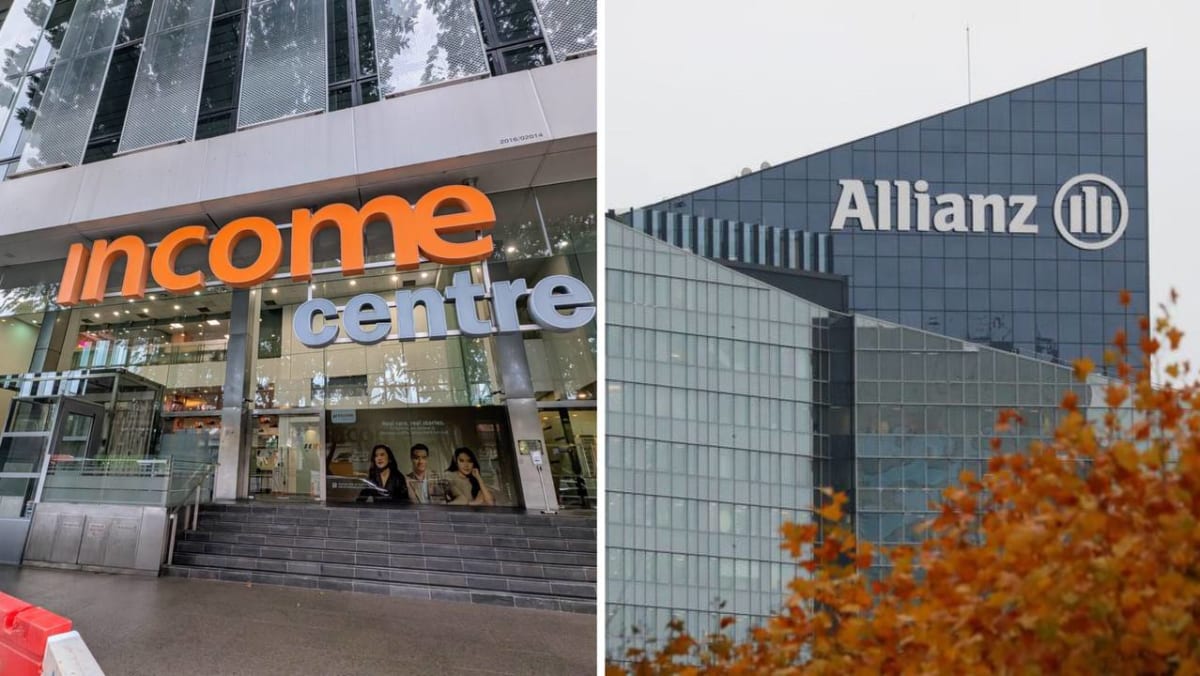Without major rivers and because of the low wind speed near the equator, solar energy remains the most viable renewable option, supported by the falling prices of panels.
Given terrestrial space constraints, here’s why the future of solar power in Singapore might be over reservoirs and even beyond our shores.
ADVANTAGES OF FLOATING SOLAR FARMS
Solar PV systems have some competition. There are plans to gradually retrofit existing infrastructures to transport hydrogen or ammonia, a less flammable but toxic hydrogen carrier, and use them alongside natural gas in power plants, ultimately fully substituting the fossil fuel.
Yet investing in both options and not excluding solar PV systems is prudent, as such systems can become more competitive through synergies with other uses and industrial applications. One clear synergy comes from combining building construction with rooftop solar installations, maximising the use of vertical space.
Floating solar PV installations provide additional advantages. Beyond electricity generation, they reduce evaporation through shade-casting, thereby conserving freshwater.
These systems also contribute to ecosystem management by decreasing sunlight penetration, which reduces algae growth and improves water quality for humans. However, as reservoirs vary in size and ecological sensitivity, this factor can also limit the dimensions of installations.
Moreover, the readily available water can be used for cooling the panels, which can improve their efficiency by about 10 per cent, and for cleaning them of pollutants like bird droppings.














